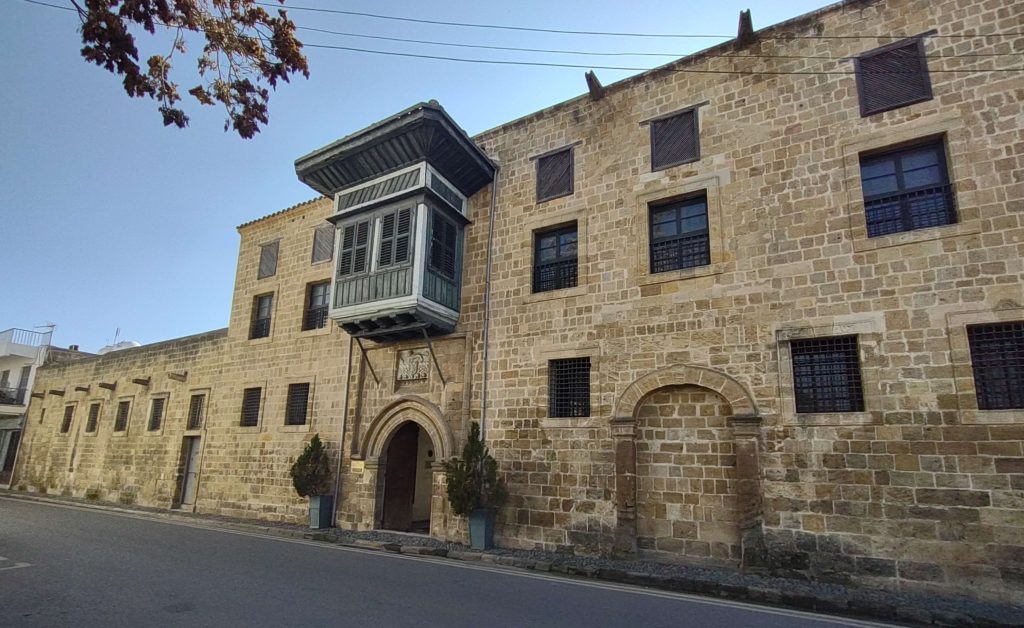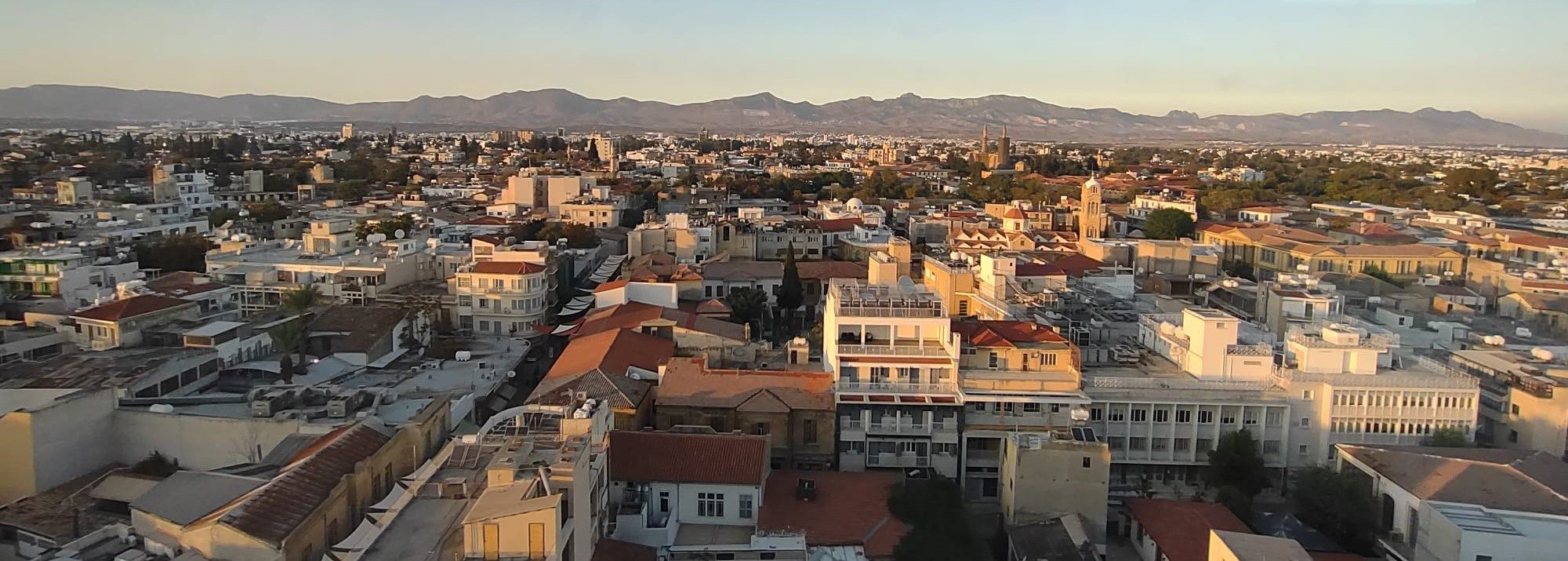The dragoman
During the Ottoman empire, one of the most considerable public position was the one of the dragoman, a cultural mediator and interpreter between the Paşa (high ranking official or military officer) and the population from non-Turkish communities.
In Cyprus, the dragoman had to be fluent in both Greek and Turkish and used to be responsible for the collection of taxes among the Christian community.
For a period of 30 years, since 1779, this position was covered by a man from Paphos, called Hadjigeorgakis Kornesios.
Don’t worry if you can’t pronounce it, it’s a difficult name.

Hadjigeorgakis Kornesios was a highly regarded and esteemed man and often cooperated with the clergy.
Thanks to his position he accumulate huge wealth but, according to several sources, he never used his power for personal advantage. He promoted education and contributed to the development of the Christian community in Cyprus.
Unfortunately, his story didn’t end well as he was beheaded in Istanbul in 1809, following the presentation of a report against him to the sultan.
The house
Hadjigeorgakis’ house is still standing and can be found in the old city of Nicosia, near the Archbishop palace.

The two floors building is in the shape of the Greek letter Pi, with covered balconies (called kiosk) facing the street, and an internal garden.
Among all the luxuries that Hadjigeorgakis owned, there is also a 3 room hammam (Turkish bath). How lucky he was for having a private bathhouse in his garden!
The upper floor of the building hosts an entrance hall and the rooms where the family used to live. At the end of the east wing, the official reception room is in full ottoman style, with decorated wooden panels, high windows, low sofas and velvet cushions.

Why should you visit?
Besides being a beautiful place to see, the house is a great example of urban Ottoman architecture of the 18th century.
The place hosts the Ethnological Museum, where you can also see an exhibition of ancient coins, bronze utensils, jewelries, and other objects that belong to the house. It is also possible to read educational material and copies of documents of the time of Hadjigeorgakis.
When you visit, you can read the guide or listen to the audio tour here.
The entrance is free.

